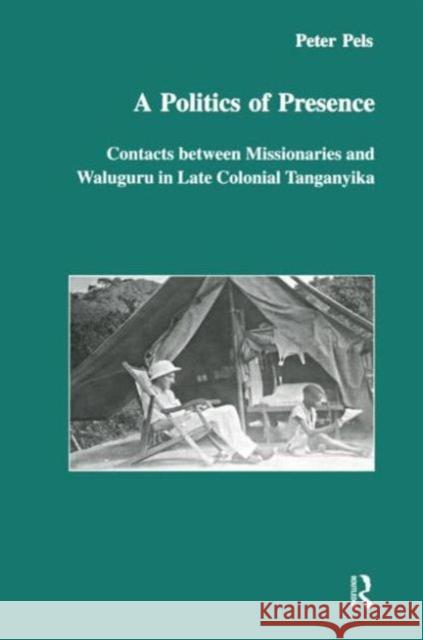A Politics of Presence: Contacts Between Missionaries and Walugru in Late Colonial Tanganyika » książka
A Politics of Presence: Contacts Between Missionaries and Walugru in Late Colonial Tanganyika
ISBN-13: 9789057023040 / Angielski / Twarda / 1999 / 372 str.
Christian missions in Africa are commonly viewed as a blatant example of ethnocentrism. This stereotype partly exists because the day-to-day interaction between missionaries and Africans has so rarely been studied. This book shows how Africans and missionaries co-produced a Catholic Church in the Uluguru mountains of Eastern Tanzania in the late colonial period, thereby adapting each others' routines in the fields of initiation, education, magic, and religion. It explores how the presence of the mission resulted in a rift between spiritual and worldly magic, and in the underdevelopment of the capacity of Waluguru to manage their own practices of revelation.
Christian missions in Africa are commonly viewed as a blatant example of ethnocentrism. This stereotype partly exists because the day-to-day interaction between missionaries and Africans has so rarely been studied. This book shows how Africans and missionaries co-produced a Catholic Church in the Uluguru mountains of Eastern Tanzania in the late colonial period, thereby adapting each others' routines in the fields of initiation, education, magic, and religion. It explores how the presence of the mission resulted in a rift between spiritual and worldly magic, and in the underdevelopment of the capacity of Waluguru to manage their own practices of revelation.











